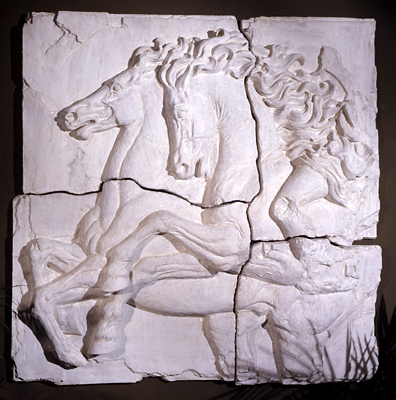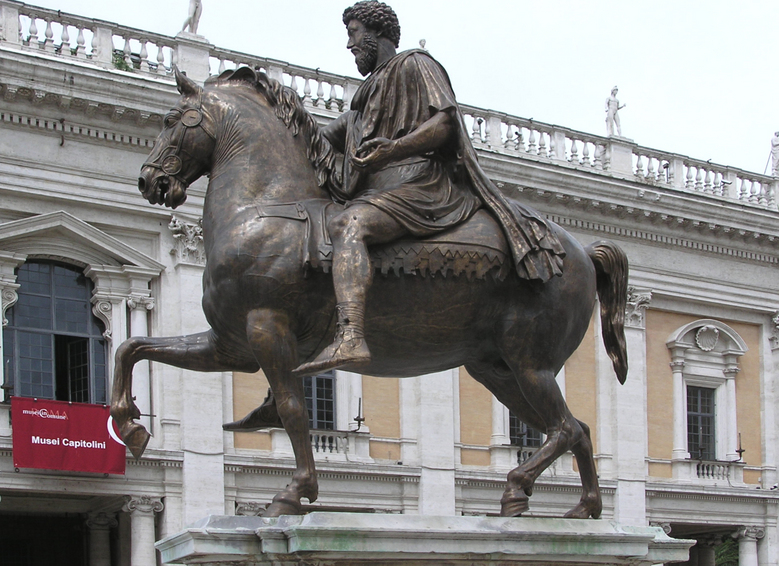The Search for Equestrian Tact

"Their actions (the aids), to be correct, will have to be suitable with tranquility, attention, softness, precision, progression and a constant concern not to harm the horse, neither physically, nor mentally, to have a hand as amiable as possible, soft legs, a seat that follows the movement of the animal well. His first concerns of all is to gain the horses confidence.......The weapons for the horseman's own undoing are forged in the battle with the horse." Rene Bacharach
There have been times when I have walked away from the barn, shaking my head. To anyone who watched that last ride, it might have look alright. The horse did nothing overtly wrong, nobody got hurt, alls well that end well. To the watcher, nothing went awry, but as for the horse, and as for me, we both knew it had gone all wrong. I’d ask for left, and he’d respond with right. I’d ask for a trot, hoping for a glide, and instead receive a choppy, bumpy ride. Worse yet, I’d pick up the reins, and feel his teeth clench tight on the bit. I could feel resistance and tension in every movement, every request…..and walked away from the barn disappointed and confused. How could the horse that walked out, light as a feather last time, give me THIS, this time?
I don’t believe there are many horsemen who walk out into the round pen in search of a battle. Yet, too often, they find one, and are determined to win it. They may win the battle, but loose the war with the horse. A battle with the horse not only leaves an unsettled horseman, it also leaves one unsettled horse. A series of battles leaves the horse only with confirmation that humans are, indeed, illogical, unpredictable, and untrustworthy. This is the damage we can do, to a horse’s mental and emotional state, when we present the aids to the horse in a confusing or abrupt manner.
There have been times when I have walked away from the barn, shaking my head. To anyone who watched that last ride, it might have look alright. The horse did nothing overtly wrong, nobody got hurt, alls well that end well. To the watcher, nothing went awry, but as for the horse, and as for me, we both knew it had gone all wrong. I’d ask for left, and he’d respond with right. I’d ask for a trot, hoping for a glide, and instead receive a choppy, bumpy ride. Worse yet, I’d pick up the reins, and feel his teeth clench tight on the bit. I could feel resistance and tension in every movement, every request…..and walked away from the barn disappointed and confused. How could the horse that walked out, light as a feather last time, give me THIS, this time?
I don’t believe there are many horsemen who walk out into the round pen in search of a battle. Yet, too often, they find one, and are determined to win it. They may win the battle, but loose the war with the horse. A battle with the horse not only leaves an unsettled horseman, it also leaves one unsettled horse. A series of battles leaves the horse only with confirmation that humans are, indeed, illogical, unpredictable, and untrustworthy. This is the damage we can do, to a horse’s mental and emotional state, when we present the aids to the horse in a confusing or abrupt manner.
10.7.11 TME
return to
Educated Equestrian
return to
Educated Equestrian
Attention. We have work to do! Perhaps, we’re thinking about that stray, or the best place to cross the creek. Maybe we’re thinking about the pattern of the next event, or what to make for supper after the trail ride. It’s pretty easy to let our minds drift off of what we’re doing, and forget to be present.
Even when we are present, do we know what to attend to? When I move my left arm, what is my right hip doing? When I’m bouncing along at a trot, what are my hands doing? A great many problems are caused for the horse, because we “say” things we don’t mean, or mean things we don’t “say”. Developing a balanced seat is the most useful thing a rider can do, to be able to attend more fully to the aids she is giving the horse.
Softness. There is no need to lift weights to become a better horseman. Aids can be--and should be--indicated with the weight of the rein. A trainer of young horses knows they start out being very responsive to light rein indications. It is often over the course of time horses become dull and heavy, desensitized to our seemingly illogical requests. A commonly repeated bit of advice is “Ask, then tell, then make…” but soon enough, you’ll find yourself “screaming” at your horse. Making a request louder, i.e. with more force, will not enable a horse to understand a request he just plain doesn’t understand. Don’t ask louder. Ask clearer.
Precision. The Dorrances said it most famously…the most important pieces to riding well are timing, feel, and balance. The timing of the presentation of the aids is crucial. If you ask for a foot to move, at a time when that foot is acting as support, you have just made an impossible request. Short of defying the laws of gravity, physics and whatnot, even the most obedient horse will not comply with an ill-timed request. Feel and timing are inseparable; you must be able to feel what the horse beneath you is doing, to know when to time the request. This requires you pay attention to your horse.
Progression. Simply put, don’t ask the horse to read your mind. Start with basic aids, and gradually increase the demands you make, the complexity of the movements, and the length of the lesson. Young horses beginning their training have neither the physical ability nor the attention span a mature horse may have. Don’t skip steps in training. Be logical, sequential, and fair in your training endeavors. Making lessons interesting, and moderately challenging (rather than extremely challenging) will make training sessions less frustrating and more enjoyable for both of you. Balance the variety of easy and challenging requests in a way that intrigues the horse.
Tranquility. Yes, I saved the best for last. When one undertakes to gain the confidence of the horse as their primary training objective, everyone wins. Approached from this paradigm, the horse comes to understand you are on his side, you are his partner, and there to help him, not threaten him. I will agree, harmony and tranquility do not make for the most exciting spectator sport….but who are you riding FOR?
Leave the battles for the boxing ring. Enjoy your horses.
Even when we are present, do we know what to attend to? When I move my left arm, what is my right hip doing? When I’m bouncing along at a trot, what are my hands doing? A great many problems are caused for the horse, because we “say” things we don’t mean, or mean things we don’t “say”. Developing a balanced seat is the most useful thing a rider can do, to be able to attend more fully to the aids she is giving the horse.
Softness. There is no need to lift weights to become a better horseman. Aids can be--and should be--indicated with the weight of the rein. A trainer of young horses knows they start out being very responsive to light rein indications. It is often over the course of time horses become dull and heavy, desensitized to our seemingly illogical requests. A commonly repeated bit of advice is “Ask, then tell, then make…” but soon enough, you’ll find yourself “screaming” at your horse. Making a request louder, i.e. with more force, will not enable a horse to understand a request he just plain doesn’t understand. Don’t ask louder. Ask clearer.
Precision. The Dorrances said it most famously…the most important pieces to riding well are timing, feel, and balance. The timing of the presentation of the aids is crucial. If you ask for a foot to move, at a time when that foot is acting as support, you have just made an impossible request. Short of defying the laws of gravity, physics and whatnot, even the most obedient horse will not comply with an ill-timed request. Feel and timing are inseparable; you must be able to feel what the horse beneath you is doing, to know when to time the request. This requires you pay attention to your horse.
Progression. Simply put, don’t ask the horse to read your mind. Start with basic aids, and gradually increase the demands you make, the complexity of the movements, and the length of the lesson. Young horses beginning their training have neither the physical ability nor the attention span a mature horse may have. Don’t skip steps in training. Be logical, sequential, and fair in your training endeavors. Making lessons interesting, and moderately challenging (rather than extremely challenging) will make training sessions less frustrating and more enjoyable for both of you. Balance the variety of easy and challenging requests in a way that intrigues the horse.
Tranquility. Yes, I saved the best for last. When one undertakes to gain the confidence of the horse as their primary training objective, everyone wins. Approached from this paradigm, the horse comes to understand you are on his side, you are his partner, and there to help him, not threaten him. I will agree, harmony and tranquility do not make for the most exciting spectator sport….but who are you riding FOR?
Leave the battles for the boxing ring. Enjoy your horses.

What constitutes equestrian tact? How does the educated equestrian go about making a request of the horse, which will be meet with compliance? Obviously he must first introduce the horse to the basic aids, and be sure the horse understands them well, but there is a bit more to the aids than “direction”. A constant concern not to harm the horse is a reasonable place to begin, but there are additional attributes of tact we must consider, to be optimally effective riders and trainers.